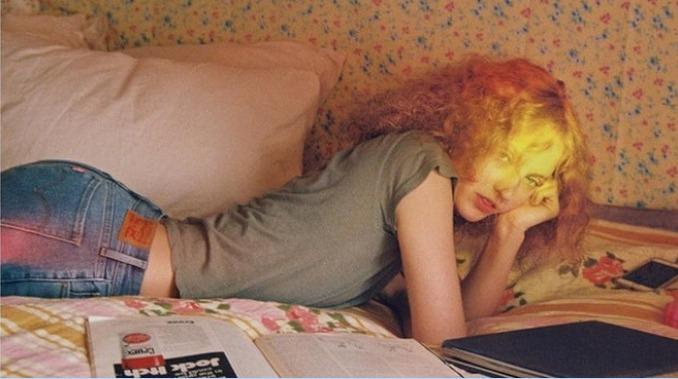First published in Daily Life, August 2015
Three decades before we learned how to adjust our arms in front of a smartphone screen and commit our most winsome angles to Instagram, Cindy Sherman turned the selfie into high art. One late seventies summer, the American photographer started taking the Untitled Film Stills, a series of grainy black-and-white photographs where she transformed herself into a Hitchcock heroine, a lonely housewife about to be murdered and a doe-eyed ingenue cast adrift in the big city, via wigs, make-up and props.
Untitled Film Stills exposed a world in which women are only ever allowed to be mysterious muses, silent victims or objects to be desired. But Sherman didn’t just show us the claustrophobic limits of the male gaze, an artistic tradition premised on “the silent image of woman still tied to her place as bearer of meaning, not maker of meaning,” as film theorist Laura Mulvey wrote in a famous 1975 essay. She also proved that something powerful happens when women become their own subjects.
Recently, a body of work by a different kind of auteur has shown us how much the female gaze has evolved. Selfish, Kim Kardashian West’s hotly debated book of selfies, presents a version of womanhood that doesn’t just eclipse the claustrophobic limits of the male imagination – it inhabits a solar system that’s entirely its own.
In one shot, Kardashian West poses with Paris Hilton in a nightclub, another shows her getting her make-up done, in another she preens for her smartphone in the Dominican Republic (“Bikini selfies are my favourite!” the caption chirps). Her photos, which trace the way digital cameras and Blackberries paved the way for our smartphone addiction, might feel like an endless hall of mirrors as banal as they are flattering. But her obsession with her own image makes her perspective seem the default, not deviant.
From cult photographer Petra Collins, who uses a sherbet palette to capture all the pleasure and pain of female adolescence, to YouTube star Grace Helbig, who gives her teenage fan base make-up tutorials clad in pyjamas, to Amy Schumer and Lena Dunham, who’ve made careers out of mining the female experience and skewering its countless taboos, these creators are less interested in protesting the role of women as sexualised objects than they are in asserting our place as the all-seeing subjects of our own world.
Unlike Sherman, whose work is limited to fabled art institutions, online platforms such as YouTube and Instagram – mediums joyfully exempt from male artistic traditions – have empowered these image-makers to connect with those who need their vision most.
The female gaze might be buoyed by technology, but it’s also shining a new light on the complexities of womanhood. In 2013, Collins uploaded an image of her unshaven bikini line to Instagram (it was promptly deleted); Helbig’s show explores the secret language of female friendship via hangouts with her best friends Hannah and Mamrie; and Amy Schumer’s character in her new film Trainwreck sleeps with as many men as she likes without being branded morally.
Three decades ago, Cindy Sherman proved something powerful happens when women become their own subjects. But that was clearly just a taste of things to come.
